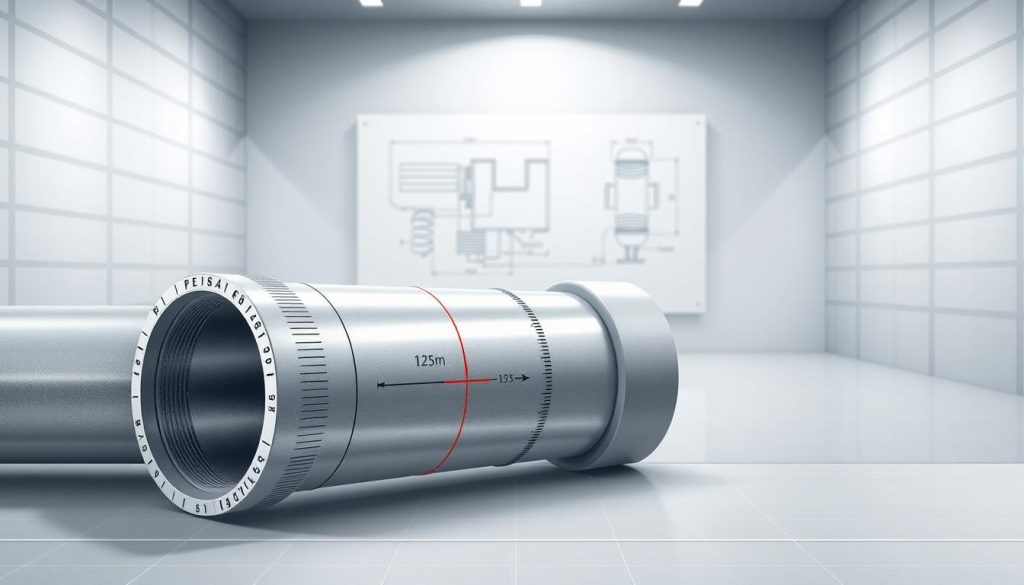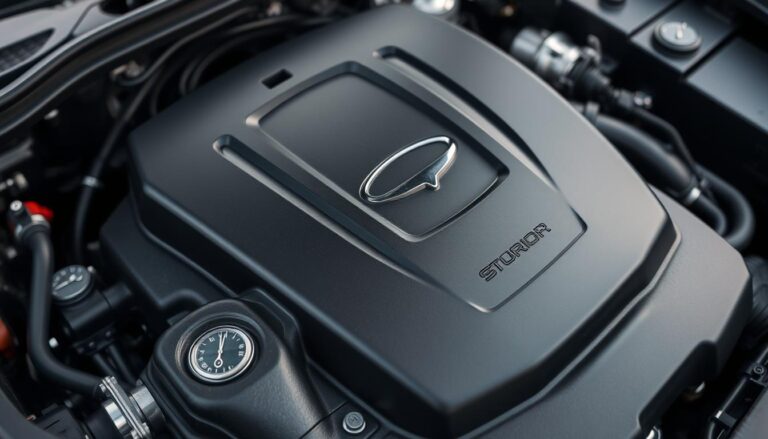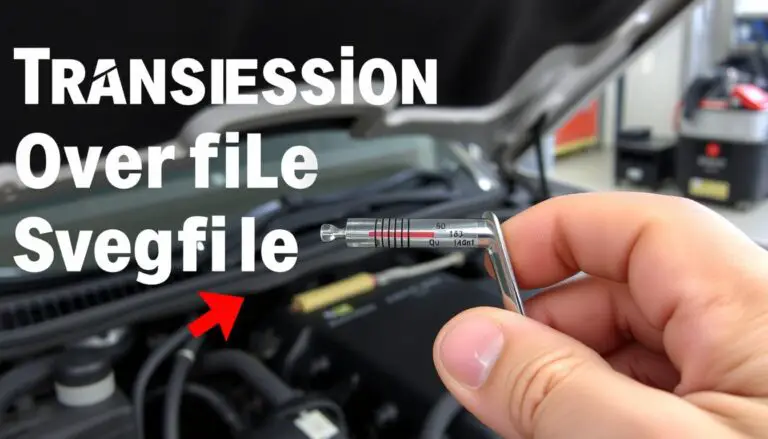PEX pipes have revolutionized modern plumbing systems due to their flexibility, resistance to corrosion, and ability to withstand various pressures. Understanding the pressure limits of PEX pipes is crucial for ensuring safe and efficient plumbing installations.
The importance of knowing the plumbing system pressure that PEX pipes can handle cannot be overstated. It directly impacts the durability and performance of the plumbing system. PEX piping standards have been established to guide the manufacturing and installation of PEX pipes, ensuring they meet specific pressure handling requirements.
Key Takeaways
- PEX pipes are known for their flexibility and resistance to corrosion.
- Understanding PEX pipes’ pressure limits is crucial for safe plumbing installations.
- PEX piping standards guide the manufacturing and installation of PEX pipes.
- Knowing the plumbing system pressure is essential for durability and performance.
- PEX pipes are designed to withstand various pressures.
Understanding PEX Pipe Fundamentals
Understanding the fundamentals of PEX pipes is crucial for appreciating their role in contemporary plumbing. PEX pipes are made from cross-linked polyethylene, a material that provides them with enhanced durability and resistance to temperature fluctuations.
What Are PEX Pipes and Their Composition
PEX pipes are manufactured through a process that involves cross-linking polyethylene molecules, creating a robust and flexible material. This cross-linking process enhances the pipe’s resistance to cracking and bursting under pressure. The composition of PEX pipes allows them to be more resistant to corrosion and scaling compared to traditional piping materials.
Types of PEX: PEX-A, PEX-B, and PEX-C Differences
There are three primary types of PEX pipes: PEX-A, PEX-B, and PEX-C, each with distinct manufacturing processes and material properties. PEX-A is known for its flexibility and resistance to cracking, making it ideal for complex plumbing systems. PEX-B is more cost-effective and offers a balance between flexibility and rigidity. PEX-C is produced using a different cross-linking method, resulting in a pipe that is less flexible but still durable.
Evolution of PEX in Modern Plumbing Systems
The evolution of PEX pipes has significantly impacted modern plumbing systems. Their flexibility, durability, and resistance to freezing and corrosion have made them an attractive alternative to traditional piping materials. As plumbing technology continues to advance, PEX pipes are likely to remain a key component in the development of more efficient and resilient water distribution systems.
How Much PSI Can PEX Handle? A Comprehensive Guide to PEX Pipes’ Pressure Limits
PEX piping systems are designed to operate within specific pressure limits, which are influenced by several factors including temperature and pipe specifications. Understanding these limits is crucial for the safe and efficient operation of plumbing systems.
Standard Pressure Ratings: 80-160 PSI Range
PEX pipes are typically rated for pressures between 80 to 160 PSI, depending on the specific type and application. For instance, PEX-A pipes are known for their higher pressure ratings compared to PEX-B and PEX-C. The standard pressure ratings are determined based on the pipe’s material properties and construction.
- PEX-A: Higher pressure rating, typically used in demanding applications.
- PEX-B: Moderate pressure rating, suitable for most residential plumbing.
- PEX-C: Lower pressure rating, often used in less demanding applications.
Temperature-Pressure Relationship in PEX Systems
The pressure capacity of PEX pipes is significantly influenced by the operating temperature. As the temperature increases, the pressure rating of the pipe decreases. This relationship is critical in designing PEX systems that can withstand various temperature conditions.
ASTM F876/F877 Standards and Certification Requirements
PEX pipes must comply with ASTM F876/F877 standards, which outline the requirements for PEX tubing and fittings. Compliance with these standards ensures that PEX pipes meet the necessary safety and performance criteria.
Pressure Testing Protocols
Pressure testing is a critical step in verifying the integrity of PEX piping systems. The testing protocols typically involve pressurizing the system to a specified level, usually above the normal operating pressure, to check for leaks and structural integrity.
Safety Factors in Pressure Ratings
Safety factors are incorporated into the pressure ratings to account for variables such as installation practices, water quality, and potential surges in pressure. These factors help ensure that PEX pipes operate safely under various conditions.
In conclusion, understanding the pressure limits of PEX pipes, including their standard pressure ratings, temperature-pressure relationship, and compliance with ASTM standards, is essential for designing and installing safe and efficient plumbing systems.
Factors Affecting PEX Pressure Capacity in Real-World Installations
The pressure capacity of PEX pipes in real-world installations is influenced by several critical factors. Understanding these factors is essential for designing and installing PEX piping systems that can safely handle the required pressure. The performance and longevity of PEX pipes depend on a combination of pipe specifications, connection methods, and environmental conditions.
Pipe Diameter and Wall Thickness Specifications
The diameter and wall thickness of PEX pipes play a significant role in determining their pressure capacity. Generally, larger diameter pipes with thicker walls can handle higher pressures. For instance, PEX pipes with a larger diameter and SDR (Standard Dimension Ratio) of 9 can withstand higher pressures compared to those with an SDR of 11.

Connection Methods: Expansion, Crimp, and Clamp Fittings
The method used to connect PEX pipes can significantly impact their pressure handling capabilities. Expansion fittings, crimp fittings, and clamp fittings are common methods used in PEX installations. Each method has its own advantages and can affect the overall pressure capacity of the piping system. Properly installed connections are crucial to maintaining the integrity of the system under pressure.
Environmental Factors: UV Exposure and Freeze Resistance
Environmental factors such as UV exposure and freeze resistance can also affect the pressure capacity of PEX pipes. UV exposure can cause degradation of the pipe material over time, potentially reducing its pressure handling capabilities. PEX pipes are generally resistant to freezing, but repeated freeze-thaw cycles can impact their performance.
Chemical Compatibility Considerations
Chemical compatibility is another important factor to consider when installing PEX pipes. The pipes must be compatible with the fluids they will be carrying, as well as any external chemicals they may be exposed to. Ensuring chemical compatibility is crucial for maintaining the long-term integrity and pressure capacity of the PEX piping system.
PEX Pressure Performance Compared to Other Piping Materials
PEX piping has emerged as a viable alternative to conventional materials, offering competitive pressure ratings. This section compares the pressure performance of PEX pipes with other common piping materials.
PEX vs. Copper Pressure Ratings
When comparing PEX to copper, PEX offers similar or superior pressure ratings in many applications. PEX vs copper comparisons often highlight PEX’s resistance to freezing and bursting as significant advantages.
PEX vs. CPVC and PVC Pressure Capacity
In contrast to CPVC and PVC, PEX pipes generally offer greater flexibility and resistance to corrosion. While CPVC and PVC have their own strengths, PEX vs CPVC and PEX vs PVC comparisons often favor PEX for its durability and resistance to scale buildup.

Recent Industry Developments and Code Adoptions
The plumbing industry has seen significant updates in recent years, with plumbing code updates reflecting the growing acceptance of PEX piping.
2023 Updates to Plumbing Standards
The 2023 updates to plumbing standards have further solidified PEX’s position, with many codes now explicitly approving its use. Key points include:
- Increased maximum pressure ratings for PEX systems
- Expanded approval for PEX use in commercial applications
- New guidelines for PEX installation and connection methods
These updates underscore the industry’s recognition of PEX as a reliable and efficient piping solution.
Conclusion
Understanding the pressure handling capabilities of PEX pipes is crucial for ensuring plumbing system safety. As discussed, PEX pipes have a robust pressure rating, typically within the 80-160 PSI range, making them suitable for various applications.
The PEX piping advantages are evident in their flexibility, resistance to corrosion, and ability to withstand freezing temperatures. By adhering to industry standards, such as ASTM F876/F877, and following best practices for installation and testing, users can maximize the benefits of PEX pipes.
When considering PEX pipes pressure limits, it’s essential to take into account factors such as pipe diameter, wall thickness, and connection methods. Properly installed PEX systems can provide reliable and efficient plumbing operations, minimizing the risk of leaks and other issues.
In conclusion, PEX pipes offer a reliable and efficient solution for modern plumbing systems, providing a safe and durable alternative to traditional piping materials.
FAQ
What is the standard pressure rating for PEX pipes?
The standard pressure ratings for PEX pipes typically range from 80 to 160 PSI, depending on the specific type and application.
How does temperature affect the pressure capacity of PEX pipes?
The operating temperature can significantly influence the pressure capacity of PEX pipes, with higher temperatures potentially reducing their pressure rating.
What are the differences between PEX-A, PEX-B, and PEX-C pipes?
PEX-A, PEX-B, and PEX-C pipes differ in their manufacturing processes and material properties, affecting their flexibility, resistance to cracking, and overall performance under pressure.
What is the importance of adhering to ASTM F876/F877 standards for PEX pipes?
Adherence to ASTM F876/F877 standards is essential for ensuring compliance with industry requirements and guaranteeing the quality and performance of PEX pipes.
How do connection methods impact the pressure capacity of PEX pipes?
The method of connection, whether through expansion, crimp, or clamp fittings, plays a critical role in maintaining the integrity of the piping system under pressure.
What factors should be considered when evaluating the chemical compatibility of PEX pipes?
Chemical compatibility considerations are crucial to ensure that PEX pipes are not degraded or damaged by the substances they come into contact with.
How do PEX pipes compare to copper pipes in terms of pressure ratings?
PEX pipes can offer similar or superior pressure ratings to copper pipes in many applications, with the added benefit of being less prone to freezing and bursting.
What are the benefits of using PEX pipes over traditional piping materials like CPVC and PVC?
PEX pipes offer several advantages, including greater flexibility, resistance to corrosion, and improved pressure performance, making them a popular choice for modern plumbing systems.
What are the 2023 updates to plumbing standards, and how do they impact PEX pipe installations?
The 2023 updates to plumbing standards reflect the latest industry developments and code adoptions, providing guidance on the safe and efficient installation of PEX pipes.


